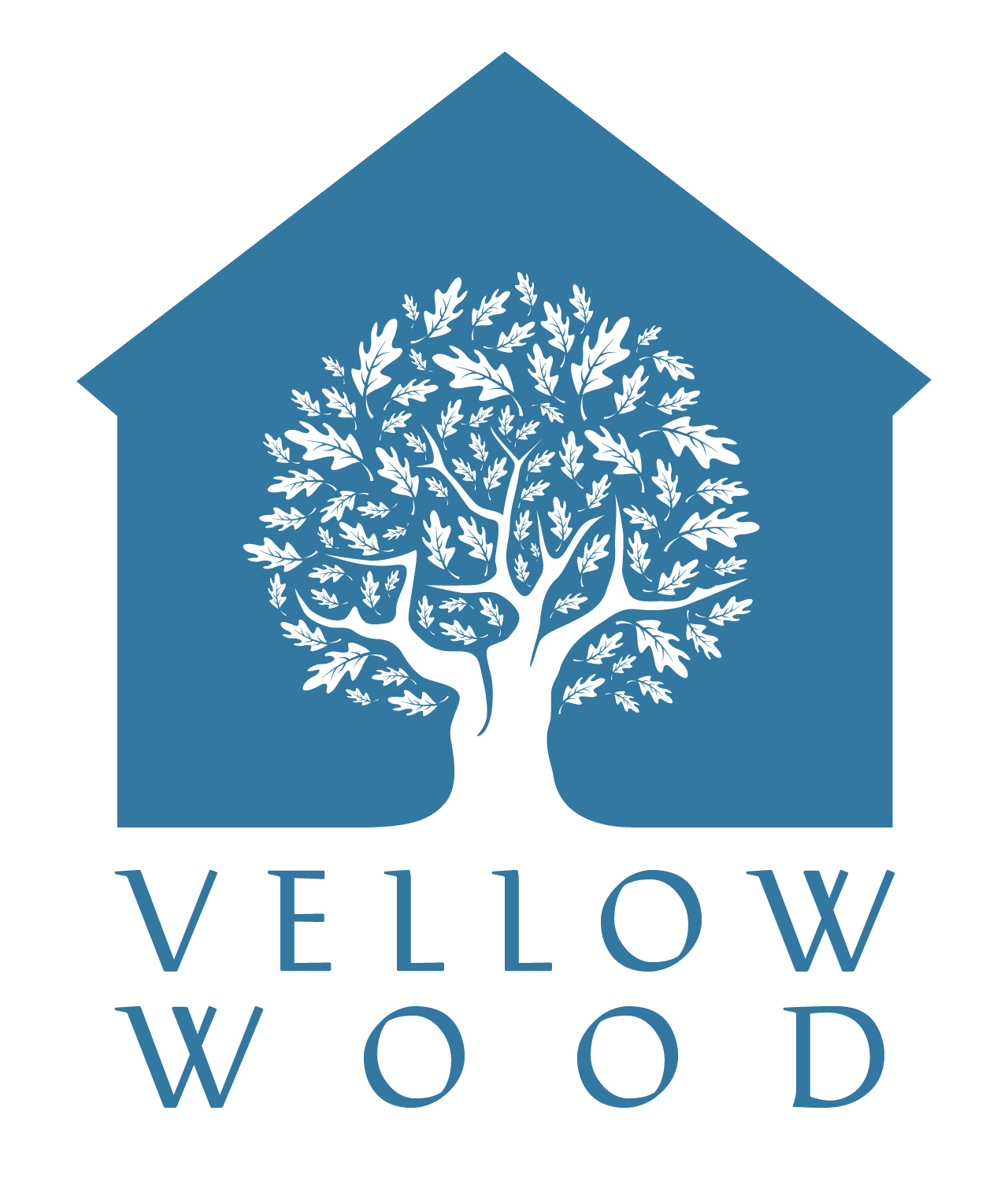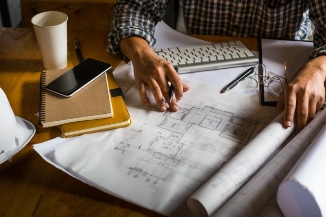Architecture that Engages with People
"Why can't we make architecture intelligible to the general public?"
This is the question posed by Eleanor Jolliffe in her fascinating article in Building Design Magazine. She points out:
"As the Awards season comes around every year puzzled friends and family ask me why exactly these buildings are so good. Every year I become more irritated by the professions lack of ability to communicate effectively beyond its bounds and by everyone else's ability not to see what 9 years of higher education almost rendered understandable to me."
It's a valuable question to ask, especially as Jolliffe points out that architecture does not lack for media opportunities to connect with the public given all the property and home makeover programmes on TV, and given that the RIBA makes great efforts to engage the public.
I don't believe that this distance is the result of an intended aloofness or snobbery among architects. - In fact most architects appear to believe that on some level they have a role to serve the common good in the built environment. So why the disengagement?
The answer, I suspect lies a little closer to the heart: we need to engage a common narrative with people; to value what they value.
People value the work of the builder because the physical construction he/she contributes is meaningful to them - we all feel the cold in the absence of shelter, or feel cramped if we don't have enough space. So that's construction ticked, but what about design? The idea of good design is often reduced to simply being the creative use of finite space and resources to meet the greatest amount of practical need. In this role the architect is the person who keeps the built work efficient, and is hence inevitably seen as ancillary to the builder. I wouldn't deny the importance of this function, but we need to go beyond the functional and engage with the meaningful if architects are to be seen as anything other than technical boffins tweaking things behind the scenes.
I have a strong conviction that buildings mean something to people. This is where design comes in. From a career in home design I can see that our homes are not just physical shelter or financial commodities (though they are certainly those things too). Homes are repositories in which we invest our lives and dreams. Our homes and localites act as mirrors in which we see our identity. They give us a face to the world and act as canvases on which we can express ourselves. Homes give families a sense of together oneness as the rooms within them give the individuating teenager a space to define themselves as distinct from their family. These and many more are the soul-ish (non-practical or para-pracitcal) roles of the home.
When architects talk about these things, when we listen well to clients as they talk about them, and then apply our creativity thereto; we become purveyors of Home not just of houses.
Too often architects define 'good' design in terms of things that are not directly meaningful to the person. We design facades in terms of composition or Planning guidance without asking how the person wishes to project their public face to the community. We view things generically rather than as expressions of individuality. And we think more in terms of buildings as finished objects rather than construction being a starting point for a life and use that will continually shape the building.
When architects talk about these things and engage with the meaning that people attach to our buildings, we can become valued apart from how efficient we can keep the construction. And we we create an architecture that, should it be featured in awards season or elsewhere, Joe Public can look at and see and feel why it's 'good' without needing technical explanation.


